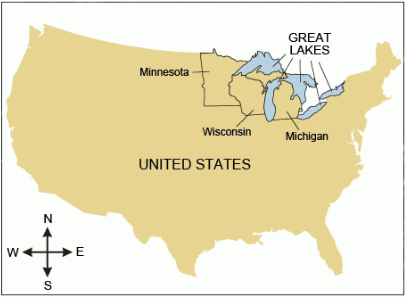题目解析:
【题目翻译】根据第6段,繁荣的建设通过什么使伐木业受益?
A:减少十九世纪六十年代中西部北部松林地带的压力
B:把下游到磨坊的路程缩短10英里。
C:增加一次能漂流下来的原木的数量。
D:允许日志更快更容易地向下游移动
【判断题型】题目问的是文章中的具体细节信息,故根据题目问法可以判断本题为事实信息题。
【关键词定位】由“booms benefit”定位到“To help keep the logs moving efficiently, barriers called booms (essentially a chain of floating logs) were constructed to control the direction of the timber.
【逻辑分析】题目问如何有益于伐木业,文章说为了帮助原木运输更有效率,人们制造了叫做吊杆的障碍物(本质上是漂浮的原木链)来控制木材的方向,这就使得使得原木顺流而下。
【选项分析】
A 选项:减轻松木地的压力,错误。
B 选项:减少10公里到达工厂的长度,错误。
C 选项:增加原木一次可以漂浮在河里的数量,错误。
D 选项:允许原木顺流而下更快捷,对应了选段“moving efficiently”,所以是正确答案。


 In nineteenth-century America, practically everything that was built involved wood.Pine was especially attractive for building purposes.It is durable and strong, yet soft enough to be easily worked with even the simplest of hand tools.It also floats nicely on water, which allowed it to be transported to distant markets across the nation.The central and northern reaches of the Great Lakes states—Michigan, Wisconsin, and Minnesota—all contained extensive pine forests as well as many large rivers for floating logs into the Great Lakes, from where they were transported nationwide.
In nineteenth-century America, practically everything that was built involved wood.Pine was especially attractive for building purposes.It is durable and strong, yet soft enough to be easily worked with even the simplest of hand tools.It also floats nicely on water, which allowed it to be transported to distant markets across the nation.The central and northern reaches of the Great Lakes states—Michigan, Wisconsin, and Minnesota—all contained extensive pine forests as well as many large rivers for floating logs into the Great Lakes, from where they were transported nationwide.